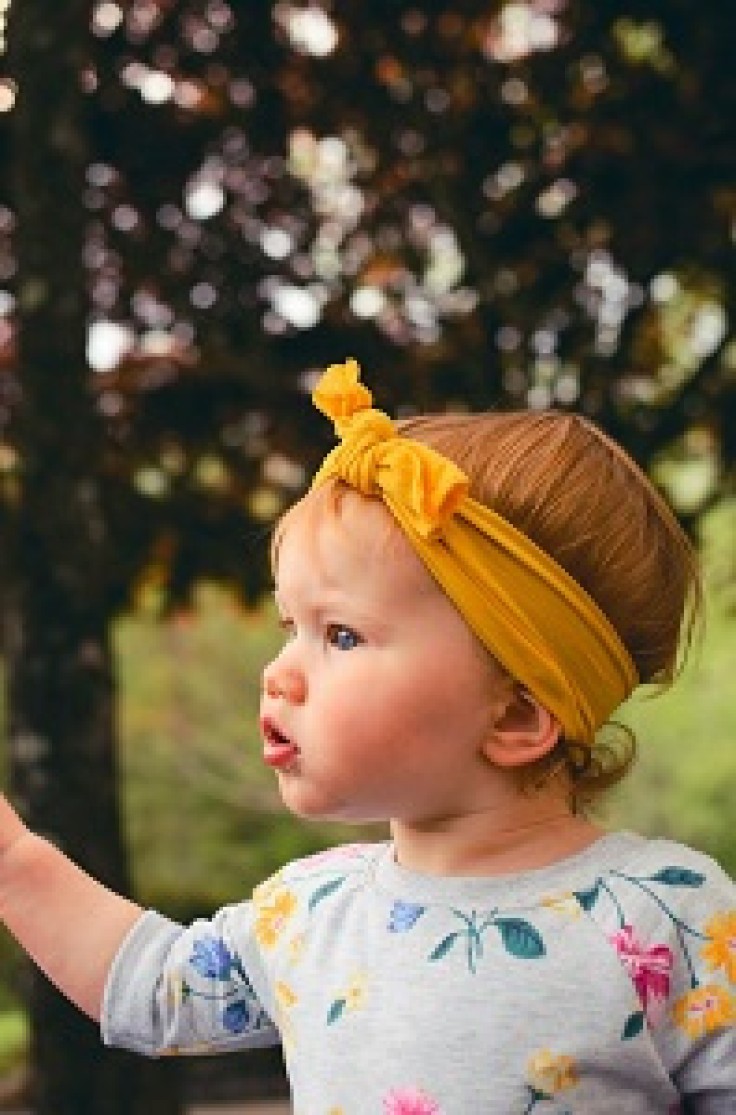Expectant parents are always excited to know what their babies would look like once they are out. Most parents like their babies to get the best qualities that each parent has. Luckily, soon-to-be parents could have a glance at how their little bundle of joy would look like - thanks to three or even four dimension ultrasounds.
Even so, parents are still curious and could not help but ask, "what will my baby look like?" as they await the arrival of their lovely babies. Meanwhile, one should consider that parents' genes affect their offsprings' physical appearances.
Role of genetics
Everybody knows that how his or her child would look like is based on DNA. Babies get a combination of multiple genes that work together to form their physical appearance. Some genes are amplified, while others are decreased. The height, build, hair, and eye colors are traits that are greatly affected by the parents' genes.

Read also: When Do Babies Start Talking? Stages to Observe
Height and body build
The height and weight of a baby at birth do not determine whether the baby is tall/short or has big/small build when they turn adults. Babies have more than 100 genes that code for their height. One way to predict the height of your baby in the future is by calculating them using the parent's height.
Subtract five inches from the dad's height and then average it with the mom's height to get an estimate of your baby girl's adult height. To calculate your baby boy's future height, just add five inches from mom's height and then average with dad's height.
However, do take note that this is only an estimate because many other factors affect the height and build of your child. Nutrition and physical activity also play an essential role.
Read also: When can babies drink water? [Be careful of water intoxication]
Hair color
Babies inherit different genes from their parents that would help determine their eye, hair, and skin color. Even though scientists still need to study how many genes affect a baby's hair color, they know how the process works.
Scientists know that the pigment that the melanocytes produce determines whether your baby would have black, brown, blonde, or red hair color. Melanocytes are the cells that produce the color in our bodies. How many melanocytes and how many cells each shade produces also affect your offspring's tress color.
Read also: First-Time Parents' Guide to Newborn Baby Grooming
Eumelanin is a substance found in the melanocyte that produces black to brown color. Pheomelanin, on the other hand, produces yellow to red color. A baby with many eumelanin will either have brown or black hair color. A baby with more pheomelanin will have redder hair.
Babies who get two copies of the red-producing gene would have a head full of red hair, plus freckles on their light skin. This gene would cause melanocytes to clump together which forms freckles.

Eye color
Babies are mostly born with bluish-grayish eyes. It could take up to six months after their real eye color appears, which happens after their iris were exposed to light. Melanocytes are also the factor that determines the color of your baby's eyes.
If both parents have blue or brown eyes, their baby would likely have blue or brown eyes, respectively, but this is not guaranteed. If any or more grandparent has blue eyes, the infant's chances of having blue eyes increases. If one parent has blue eyes and the other brown, the baby has a 50/50 percent chance of having either blue or brown eyes.
So if someone ever asks you "what will my baby look like?," you now have an answer.